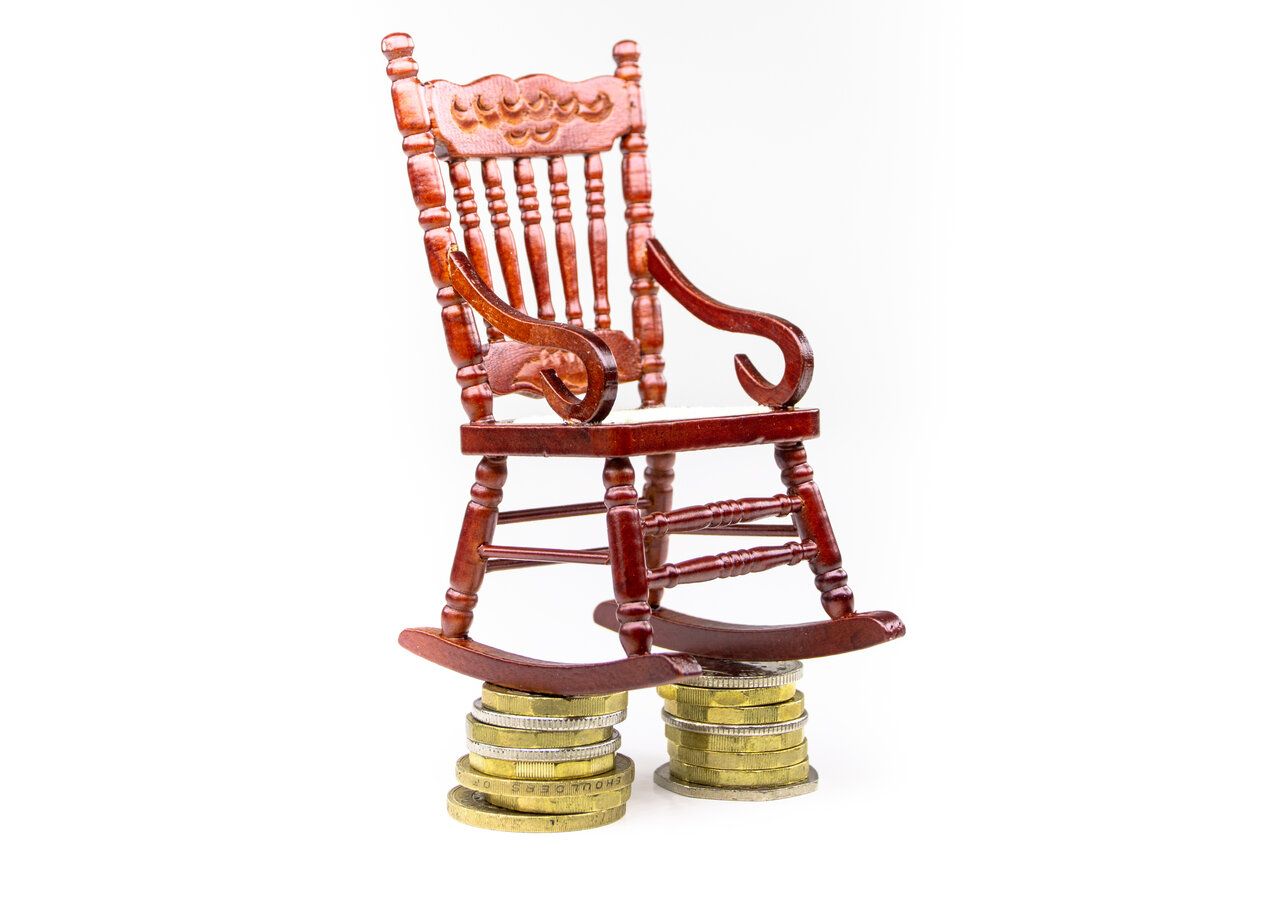Kickstarting Your Homeownership Journey
Dreaming of owning your own home? One of the biggest hurdles for first-time homebuyers is saving for a down payment. However, with some strategic planning and disciplined saving habits, you can make your dream a reality sooner than you think. Here are some effective tips to help you save for a down payment and take that crucial step toward homeownership.
Understanding Down Payments
What is a Down Payment?
A down payment is the initial upfront portion of the total purchase price that a buyer pays to secure a home. It’s typically expressed as a percentage of the home’s price. This payment is crucial as it affects the loan amount and the terms of your mortgage.
Why It Matters
The size of your down payment can significantly impact your mortgage terms. A larger down payment can lower your monthly payments, reduce the interest rate, and eliminate the need for private mortgage insurance (PMI). Understanding its importance helps in planning your savings strategy effectively.
Setting Clear Goals
Determining Your Target Amount
Calculate how much you need for a down payment based on the type of home you want to buy. Generally, aim for 20% of the home’s purchase price to avoid PMI. However, many programs allow for smaller down payments, so consider your options.
Creating a Timeline
Set a realistic timeline for reaching your down payment goal. Break it down into monthly savings targets and track your progress regularly. This approach helps in maintaining focus and adjusting your strategy if needed.
Opening a Dedicated Savings Account
Benefits
A dedicated savings account for your down payment keeps your funds separate from everyday expenses, reducing the temptation to spend. This segregation ensures that you stay on track with your savings goals.
How to Choose the Right Account
Look for savings accounts that offer competitive interest rates and low fees. Consider high-yield savings accounts or money market accounts to maximize your earnings. Ensure the account has easy access but with some restrictions to avoid impulsive withdrawals.
Automating Your Savings
Setting Up Automatic Transfers
Automate your savings by setting up a regular transfer from your checking account to your dedicated savings account. This can be done monthly or bi-weekly, coinciding with your pay schedule.
Benefits
Automation ensures consistency in your savings effort. It makes saving a non-negotiable part of your budget, akin to paying a monthly bill. Over time, you’ll build a substantial amount without the stress of manual transfers.
Curbing Unnecessary Spending
Identifying Unnecessary Expenses
Review your spending habits and identify areas where you can cut back. Common culprits include dining out frequently, impulse purchases, and unused subscriptions.
Practical Tips
- Cook at home more often.
- Cancel subscriptions and memberships you don’t use.
- Opt for budget-friendly entertainment options like free community events or outdoor activities.
- Create a shopping list and stick to it to avoid impulse buys.
Exploring Additional Income Sources
Side Hustles
Consider taking on a side hustle to boost your income. Popular options include freelancing, tutoring, or driving for ride-sharing services.
Freelancing
Utilize your skills in writing, graphic design, web development, or other areas to take on freelance projects. Platforms like Upwork and Fiverr can help you find gigs.
Investments
If you have some initial capital, consider low-risk investments to grow your savings. Consult with a financial advisor to understand your options and risks.
Utilizing Windfalls Wisely
Tax Refunds
Instead of spending your tax refund, allocate it directly to your down payment savings. This can give a significant boost to your fund.
Bonuses
If you receive a work bonus, resist the urge to splurge. Use it to inch closer to your down payment goal.
Gifts
Monetary gifts from family or friends can also be added to your savings. Be transparent about your goal, and you may find loved ones willing to support your efforts.
 Understanding Using Retirement Funds
Understanding Using Retirement Funds
Rules and Regulations
Some retirement accounts, like IRAs, allow for penalty-free withdrawals for first-time homebuyers. However, it’s crucial to understand the specific rules and long-term impacts.
Pros and Cons
While accessing retirement funds can help you reach your goal faster, it may impact your retirement savings. Weigh the immediate benefits against the potential future drawbacks.
Researching Down Payment Assistance Programs
Types of Programs
Many states and local governments offer down payment assistance programs. These can include grants, low-interest loans, or deferred payment loans.
Eligibility Criteria
Eligibility often depends on factors like income, location, and whether you’re a first-time homebuyer. Research the programs available in your area and see if you qualify.
Leveraging Employer Programs
Employer Assistance
Some employers offer home purchase assistance as part of their benefits package. This might include grants, loans, or matching contributions to your down payment savings.
Benefits
Taking advantage of employer assistance can significantly reduce the time needed to save for a down payment. Check with your HR department to see what’s available.
Cutting Housing Costs
Downsizing
Consider downsizing your current living situation to save on rent or mortgage payments. Moving to a smaller place or a less expensive area can free up more money for your down payment fund.
House Hacking
House hacking involves renting out part of your home to generate income. For example, you could buy a duplex, live in one unit, and rent out the other to cover the mortgage.
Taking Advantage of High-Interest Accounts
Best Options
Research high-yield savings accounts, money market accounts, and certificates of deposit (CDs) that offer higher interest rates.
Maximizing Earnings
While high-interest accounts alone won’t be enough, they can complement your savings strategy by adding extra income through interest.
Minimizing Debt
Paying Off High-Interest Debt
Focus on paying off high-interest debt like credit cards. The interest saved can then be redirected towards your down payment savings.
Debt Snowball Method
Consider using the debt snowball method—paying off your smallest debts first to build momentum. As you eliminate debts, you’ll free up more money for your savings.
Budgeting for Success
Creating a Budget
Develop a detailed budget that includes all your income and expenses. Allocate a specific amount each month towards your down payment savings.
Tracking Your Progress
Regularly review your budget and track your savings progress. Use budgeting apps or spreadsheets to stay organized and accountable.
Using Savings Apps
Best Apps
Apps like Digit, Qapital, and Acorns help you save money automatically by rounding up purchases or setting aside small amounts regularly.
How They Help
These apps make saving effortless and can significantly boost your down payment fund over time. They often include features that help you set and track goals.
Investing for Growth
Types of Investments
Explore low-risk investment options like bonds or mutual funds. These can offer better returns than traditional savings accounts, though they come with some risk.
Risk vs. Reward
While investing can accelerate your savings, it’s important to understand the risks involved. Consult with a financial advisor to find the best investment strategy for your situation.
Living Below Your Means
Practical Strategies
Adopt a frugal lifestyle by living below your means. This includes cutting down on luxuries, avoiding debt, and finding ways to reduce your daily expenses.
Long-Term Benefits
Living below your means not only helps you save for a down payment but also instills financial discipline that can benefit you in other areas of life.
Using Cash Back and Rewards Programs
Best Programs
Join cash back and rewards programs through your credit cards or online shopping platforms. These programs can provide extra savings on your everyday purchases.
How to Maximize Rewards
Use your cash back rewards to directly fund your down payment savings. Ensure you pay off your credit card balances each month to avoid interest charges.
Reevaluating Subscriptions and Memberships
Identifying Unused Services
Take an inventory of all your subscriptions and memberships. Cancel any that you no longer use or that don’t provide sufficient value.
Alternatives
Look for cheaper or free alternatives to replace some of your current subscriptions. For instance, consider switching from a premium streaming service to a more affordable one.
Cutting Utility Costs
Energy-Saving Tips
Implement energy-saving measures at home to reduce your utility bills. This includes using energy-efficient appliances, sealing leaks, and adjusting your thermostat.
Budget Billing
Consider signing up for budget billing with your utility provider. This spreads out your costs evenly over the year, making it easier to budget.
Living Frugally
Meal Planning
Plan your meals to reduce food waste and save money. Cooking at home is generally cheaper than eating out and can be healthier.
DIY Projects
Take on DIY projects instead of hiring professionals. This can include home repairs, gardening, and crafting, which save money and add a personal touch to your living space.
Taking Advantage of Financial Education
Free Resources
Utilize free resources like online courses, webinars, and financial blogs to improve your financial literacy. Understanding personal finance can help you make better savings decisions.
 Financial Advisors
Financial Advisors
Consider consulting with a financial advisor to develop a personalized savings plan. They can provide expert advice and help you stay on track.
Maintaining Discipline and Motivation
Setting Milestones
Break your savings goal into smaller milestones. Celebrate each milestone to keep yourself motivated throughout the journey.
Celebrating Small Wins
Reward yourself for achieving small savings goals. This can be as simple as a treat or a low-cost activity that keeps you motivated.
Communicating Your Goals
Talking to Family and Friends
Share your homeownership goals with family and friends. Their support and encouragement can be invaluable, and they might offer useful advice or assistance.
Accountability
Having someone to hold you accountable can keep you on track. Consider finding a savings partner or joining a financial group where you can share progress and tips.
Staying Informed on Market Trends
Real Estate Market
Keep an eye on the real estate market to understand trends in home prices and interest rates. This knowledge can help you make informed decisions about when to buy.
Interest Rates
Interest rates can affect your mortgage terms. Staying informed about changes in interest rates can help you time your purchase to get the best deal.
Planning for Additional Homeownership Costs
Closing Costs
In addition to the down payment, you’ll need to budget for closing costs, which can include fees for appraisals, inspections, and legal services.
Maintenance and Insurance
Homeownership comes with ongoing costs for maintenance and insurance. Plan for these expenses to avoid financial surprises after you move in.
Preparing for Loan Applications
Improving Credit Score
A higher credit score can qualify you for better mortgage rates. Take steps to improve your credit score by paying bills on time, reducing debt, and correcting any errors on your credit report.
Gathering Documents
Start gathering the necessary documents for your loan application, such as proof of income, tax returns, and bank statements. Having these ready can streamline the process when you’re ready to buy.
Understanding Mortgage Options
Types of Mortgages
There are various mortgage options available, including fixed-rate, adjustable-rate, and government-backed loans. Each has its pros and cons, so research thoroughly to find the best fit for your needs.
Pros and Cons
Evaluate the advantages and disadvantages of each mortgage type. Consider factors like interest rates, repayment terms, and flexibility before making a decision.
Celebrating Your Progress
Milestones
Recognize and celebrate the major milestones in your savings journey. This could be reaching 25%, 50%, or 75% of your down payment goal.
Rewards
Rewarding yourself for achieving these milestones keeps you motivated and acknowledges the hard work you’ve put in.
FAQs
What is the best way to start saving for a down payment?
- Opening a dedicated savings account and setting up automatic transfers is a great start.
Are there any programs to help first-time homebuyers with down payments?
- Yes, many states and local governments offer down payment assistance programs.
Should I consider using my retirement funds for a down payment?
- It can be an option, but you should understand the rules and potential long-term impacts.
How can I minimize my spending to save more effectively?
- Identify unnecessary expenses, cut back on dining out, and cancel unused subscriptions.
What are some good additional income sources to boost my savings?
- Side hustles, freelancing, and investing are excellent ways to increase your income.
What should I know about mortgage options as a first-time homebuyer?
- Research different types of mortgages, their pros and cons, and how they fit your financial situation.

Continuing Your Journey with KB Experience
Saving for a down payment requires discipline, strategic planning, and a commitment to your long-term goal of homeownership. By implementing these savvy tips, you can accelerate your savings and bring your dream of owning a home within reach. Remember, the journey to homeownership is a marathon, not a sprint. Stay focused, stay motivated, and celebrate each milestone along the way. When you’re ready to take the next step, reach out for guidance and support on your path to a new home.
Understanding the KB Experience
KB Experience is dedicated to helping aspiring homeowners achieve their dreams. With a wealth of knowledge in real estate and personal finance, we provide comprehensive guidance to navigate the complex process of home buying. Our team of experts is committed to offering personalized advice, innovative solutions, and unwavering support to ensure your journey to homeownership is smooth and successful.
Whether you need help with budgeting, finding the right mortgage, or understanding market trends, KB Experience is here to assist you every step of the way. Our resources, tools, and expert insights are designed to empower you to make informed decisions and reach your homeownership goals with confidence. Join the KB Experience community and take advantage of our expertise to turn your dream of owning a home into a reality.

 Facebook
Facebook
 X
X
 Pinterest
Pinterest
 Copy Link
Copy Link

 Understanding Using Retirement Funds
Understanding Using Retirement Funds Financial Advisors
Financial Advisors


